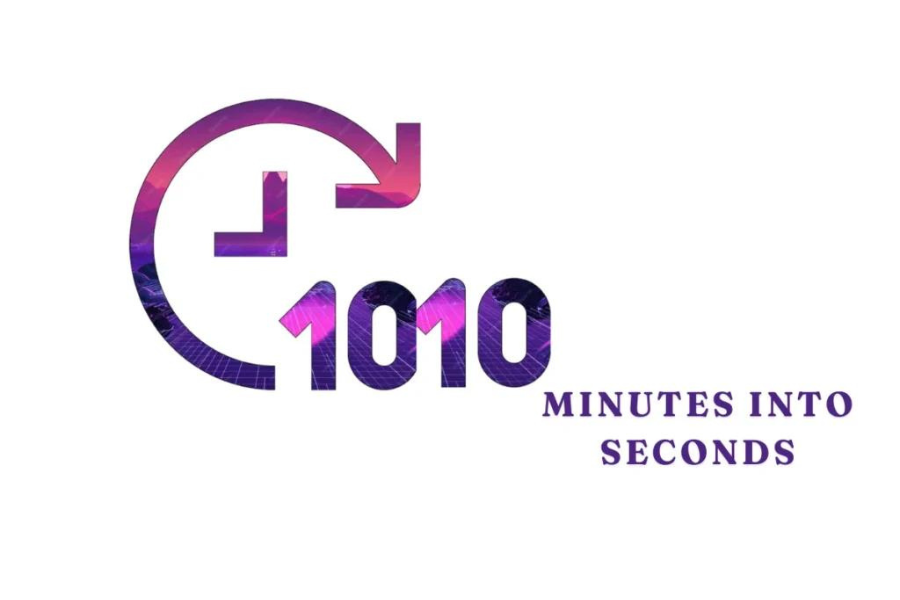Breaking Down 1010 Minutes: A Comprehensive Guide to Time Conversion
Mastering Time Conversions: Turning 1010 Minutes into Hours and Seconds
Time can sometimes feel like a puzzle, especially when it comes to converting between different units. Ever caught yourself wondering how many hours and seconds fit into 1010 minutes? Whether you’re organizing a schedule, planning an event, or simply indulging your curiosity, knowing how to seamlessly convert minutes into hours and seconds is a practical skill. In this article, we’ll guide you through easy-to-understand methods for converting time so you can manage it effortlessly.
Understanding the Basics of Time: Minutes, Hours, and Seconds
Time is both a simple and intricate system. At its core, we commonly work with three key units: minutes, hours, and seconds, each of which serves a specific purpose in measuring time.
- Minutes are essential for breaking down smaller units like seconds, with 1 minute containing 60 seconds.
- Hours represent longer periods, with 1 hour made up of 60 minutes, equating to 3,600 seconds in total.
Grasping the relationship between these units can significantly improve how you plan your time. Knowing how to quickly shift between minutes, hours, and seconds helps you make better decisions, whether it’s for timing events or structuring your daily tasks.
How to Convert Minutes into Hours and Seconds
The formula to convert minutes into hours and seconds is straightforward, but it helps to approach it step-by-step. Here’s the method:
- Convert minutes to hours: Since 1 hour equals 60 minutes, start by dividing the total minutes by 60.
- Find remaining minutes: After accounting for the hours, you may have leftover minutes.
- Convert remaining minutes into seconds: Multiply any remaining minutes by 60 to find the total in seconds.
For instance, if you have 1010 minutes:
First, divide by 60, which gives you 16 hours.
The remaining minutes are
1010−(16×60)=50 minutes.
Finally, convert those 50 minutes into seconds:
50×60=3000 seconds.
So, 1010 minutes translates into 16 hours, 50 minutes, and 3000 seconds!
Example: Breaking Down 1010 Minutes into Hours and Seconds
Let’s apply the conversion to 1010 minutes.
- First, divide 1010 by 60, which equals 16 full hours.
- Next, calculate the remaining minutes after those 16 hours. Multiply 16 by 60, giving you 960 minutes.
- Subtract this from 1010: 1010−960=50 minutes.
- Lastly, convert the remaining 50 minutes into seconds:
50×60=3000 seconds.
Thus, 1010 minutes is equivalent to 16 hours, 50 minutes, and 3000 seconds.
Common Pitfalls in Time Conversion
While converting time, there are a few common mistakes people tend to make:
- Forgetting the fundamental units: Overlooking the basic relationships between seconds, minutes, and hours can result in miscalculations. Always remember that there are 60 seconds in a minute and 60 minutes in an hour.
- Rounding errors: Some individuals might round numbers too early, which can lead to inaccurate results. Always wait until the final step to round numbers, if necessary.
- Failing to review calculations: It’s easy to make an error in any of the steps, so double-check your work to avoid mistakes.
By keeping these points in mind, you can avoid errors and ensure your time conversions are accurate.
Helpful Tips for Accurate Time Conversions
If you’re looking to improve your time conversion skills, follow these tips:
- Always use the 60 rule: Time conversions rely on the simple fact that there are 60 seconds in a minute and 60 minutes in an hour. Keeping this in mind helps simplify any time conversion.
- Break conversions into parts: When dealing with larger numbers, convert minutes into hours first, then handle the remaining minutes and seconds.
- Use calculators for precision: A digital calculator or online tool can help you avoid errors, especially when managing large numbers or complex conversions.
With these strategies, time conversions will feel far less daunting.
Other Useful Time Conversion Formulas
Beyond converting minutes into hours and seconds, there are other time conversion formulas that can come in handy:
- Hours to seconds: Multiply the number of hours by 3600 to quickly convert hours into seconds.
- Days to seconds: Multiply the number of days by 86,400 (since each day has 24 hours and each hour contains 3600 seconds).
These formulas are useful when dealing with longer periods of time and can simplify your planning process.
Conclusion
Mastering time conversions can simplify many aspects of your daily routine, from scheduling meetings to tracking tasks or planning events. Understanding how to convert between minutes, hours, seconds, and even days ensures you can manage your time with greater precision. Whether you’re breaking down 1010 minutes into hours and seconds or converting days into hours, learning these essential conversion techniques equips you with a practical skill that can improve efficiency and productivity.
To master time conversions, it’s crucial to understand the core relationships between the different units of time. At the heart of it, 1 minute equals 60 seconds, and 1 hour equals 60 minutes, which gives us a straightforward foundation for calculating time. By applying these fundamental relationships through simple formulas, converting time can become an automatic process. For instance, if you need to convert 1010 minutes into hours and seconds, you’ll quickly learn how to break down that time into manageable segments using these key principles.
In conclusion, mastering time conversions can transform how you plan and manage your daily life. By understanding the key relationships between minutes, hours, and seconds—and applying simple formulas to break them down—you’ll develop a handy skill that can be used across multiple situations. Whether you’re converting 1010 minutes into hours and seconds or working with longer time periods, practicing time conversions will boost your efficiency and improve your ability to stay on schedule. So keep these tips in mind, and soon enough, converting time will feel effortless!
Stay informed with the latest news and updates on Tribuneheadline




